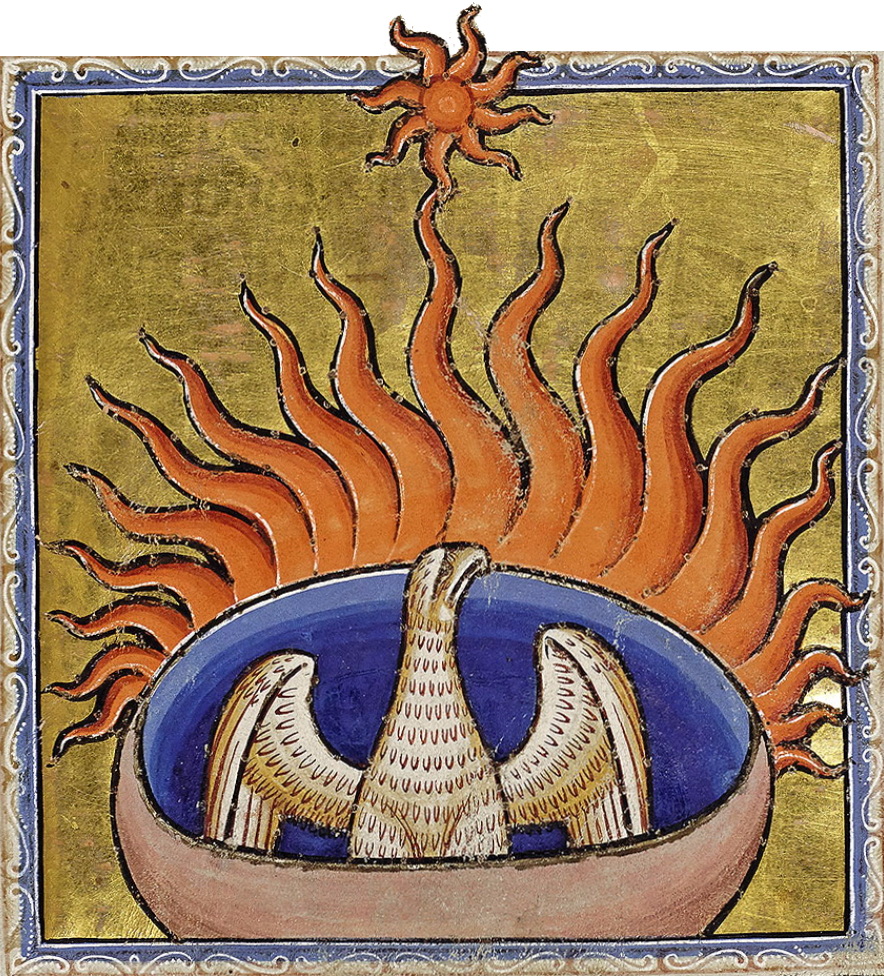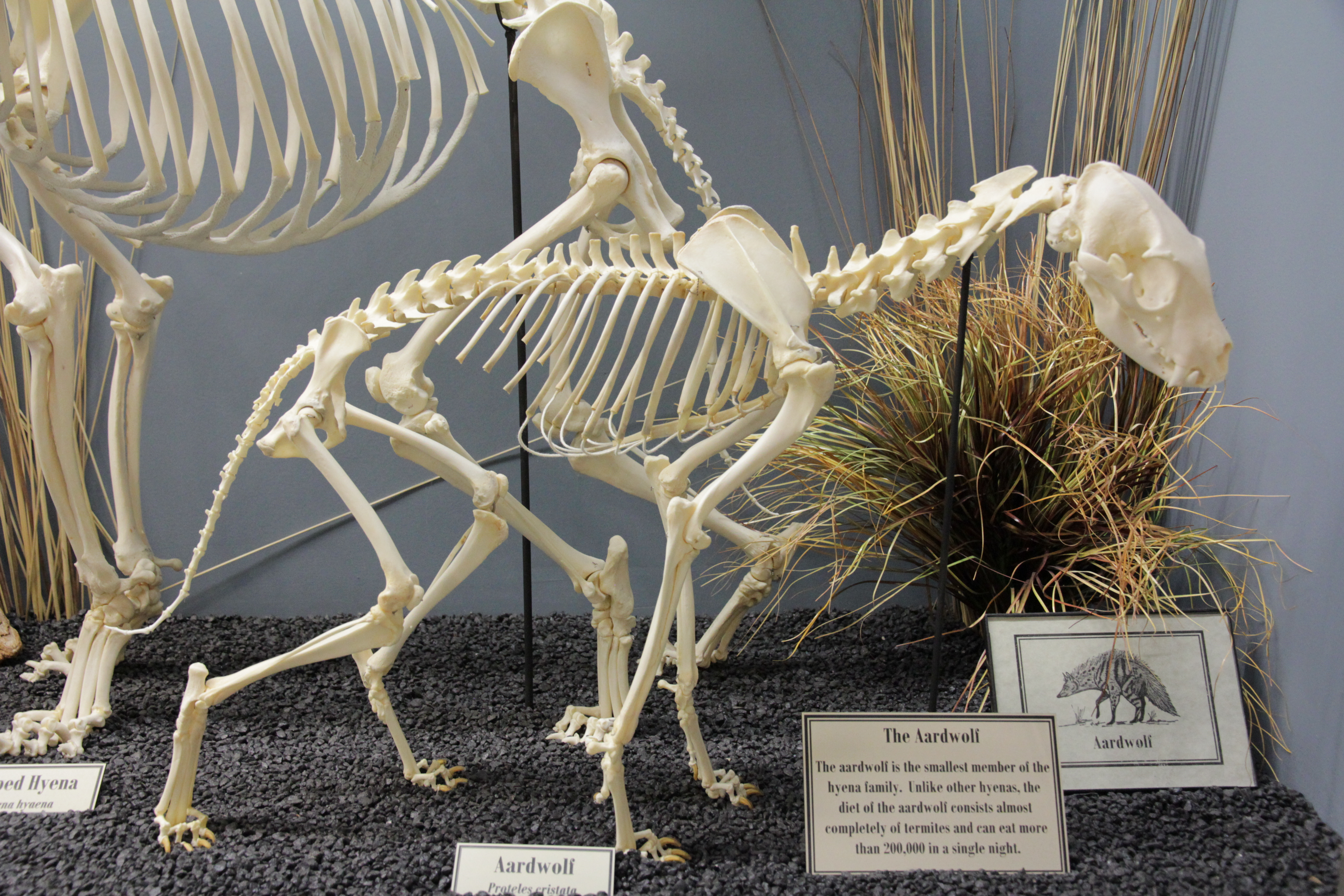|
Crocotta
The crocotta or corocotta, crocuta, or leucrocotta is a mythical dog-wolf of India or Aethiopia, linked to the hyena and said to be a deadly enemy of men and dogs. Ancient accounts Strabo, who uses the word crocuttas, describes the beast as the mixed progeny of a wolf and a dog (''Geographica'', XVI.4.16]). Pliny the Elder, Pliny in his work '' Natural History'' (VIII.72 and 107) variously described the crocotta as a combination between dog and wolf or between hyena and lion.Pliny the Elder '' Natural History''VIII.72 + 107 When crossed with this race of animals the Ethiopian lioness gives birth to the corocotta, that mimics the voices of men and cattle in a similar way. It has an unbroken ridge of bone in each jaw, forming a continuous tooth without any gum. Pliny (VIII.72-73) also writes of another hyena-like creature, the leucrocotta, which he calls "the swiftest of all beasts, about the size of an ass, with a stag's haunches, a lion's neck, tail and breast, badger ... [...More Info...] [...Related Items...] OR: [Wikipedia] [Google] [Baidu] |
Aberdeen Bestiary
The ''Aberdeen Bestiary'' (Aberdeen University Library, Univ Lib. MS 24) is a 12th-century English illuminated manuscript bestiary that was first listed in 1542 in the inventory of the Old Royal Library at the Palace of Westminster. Due to similarities, it is often considered to be the "sister" manuscript of the Ashmole Bestiary. The connection between the ancient Greek didactic text ''Physiologus'' and similar bestiary manuscripts is also often noted. Information about the manuscript's origins and patrons are circumstantial, although the manuscript most likely originated from the 13th century and was owned by a wealthy ecclesiastical patron from north or south England. Currently, the Aberdeen Bestiary resides in the Aberdeen University Library in Scotland. History The Aberdeen Bestiary and the Ashmole Bestiary are considered by Xenia Muratova, a professor of art history, to be "the work of different artists belonging to the same artistic milieu." Due to their "striking simi ... [...More Info...] [...Related Items...] OR: [Wikipedia] [Google] [Baidu] |
Spotted Hyena
The spotted hyena (''Crocuta crocuta''), also known as the laughing hyena, is a hyena species, currently classed as the sole extant member of the genus '' Crocuta'', native to sub-Saharan Africa. It is listed as being of least concern by the IUCN on account of its widespread range and large numbers estimated between 27,000 and 47,000 individuals. The species is, however, experiencing declines outside of protected areas due to habitat loss and poaching. The species may have originated in Asia, and once ranged throughout Europe for at least one million years until the end of the Late Pleistocene. The spotted hyena is the largest known member of the Hyaenidae, and is further physically distinguished from other species by its vaguely bear-like build, its rounded ears, its less prominent mane, its spotted pelt, its more dual-purposed dentition, its fewer nipples and the presence of a pseudo-penis in the female. It is the only placental mammalian species where females lack an ext ... [...More Info...] [...Related Items...] OR: [Wikipedia] [Google] [Baidu] |
Hyena
Hyenas, or hyaenas (from Ancient Greek , ), are feliform carnivoran mammals of the family Hyaenidae . With only four extant species (each in its own genus), it is the fifth-smallest family in the Carnivora and one of the smallest in the class Mammalia. Despite their low diversity, hyenas are unique and vital components of most African ecosystems. Although phylogenetically closer to felines and viverrids, as part of suborder Feliformia, hyenas are behaviourally and morphologically similar to canids in several elements due to convergent evolution; both hyenas and canines are non-arboreal, cursorial hunters that catch prey with their teeth rather than claws. Both eat food quickly and may store it, and their calloused feet with large, blunt, nonretractable claws are adapted for running and making sharp turns. However, hyenas' grooming, scent marking, defecation habits, mating and parental behavior are consistent with the behavior of other feliforms. Hyenas feature prominently ... [...More Info...] [...Related Items...] OR: [Wikipedia] [Google] [Baidu] |
Corocotta
Corocotta is a local hero for Cantabrians and his story is passed down orally in Cantabrian families from the elder generations to the younger. According to Roman sources (the only written history of the time), he was a guerrilla warrior or bandit in Cantabria during the 1st century BC, who, according to Cassius Dio, raided Roman territory causing considerable depredation in the area. Dio says that Corocotta's depredations caused Augustus to offer a large reward for his capture. Corocotta himself came forward to receive it, impressing Augustus with his audacity. Dio is the only source for the story. The story from a Cantabrian viewpoint Cantabrians are well aware of the story of how the Roman Empire struggled to conquer them, or actually never really did (see the Cantabrian Wars). During that time, there would have been many warriors (male and female) who would have fought bravely to preserve their way of life and defend their people. Corocotta (or for some would be spelt Korokota ... [...More Info...] [...Related Items...] OR: [Wikipedia] [Google] [Baidu] |
Book Of Imaginary Beings
The ''Book of Imaginary Beings'' was written by Jorge Luis Borges with Margarita Guerrero and published in 1957 under the original Spanish title ''Manual de zoología fantástica''. The subsequent English version contains descriptions of 120 mythical beasts from folklore and literature, and was praised upon its release. Contents The book contains descriptions of 120 mythical beasts from folklore and literature. In the preface, Borges states that the book is to be read "as with all miscellanies... not... straight through... Rather we would like the reader to dip into the pages at random, just as one plays with the shifting patterns of a kaleidoscope"; and that "legends of men taking the shapes of animals" have been omitted. Although a work of fiction, it is situated in a tradition of Paper Museums, bestiaries, and natural history writing. Development It was expanded in 1967 and 1969 in Spain to the final ''El libro de los seres imaginarios''. The English edition, created in ... [...More Info...] [...Related Items...] OR: [Wikipedia] [Google] [Baidu] |
Jorge Luis Borges
Jorge Francisco Isidoro Luis Borges Acevedo (; ; 24 August 1899 – 14 June 1986) was an Argentine short-story writer, essayist, poet and translator, as well as a key figure in Spanish-language and international literature. His best-known books, '' Ficciones'' (''Fictions'') and '' El Aleph'' (''The Aleph''), published in the 1940s, are collections of short stories exploring themes of dreams, labyrinths, chance, infinity, archives, mirrors, fictional writers and mythology. Borges' works have contributed to philosophical literature and the fantasy genre, and majorly influenced the magic realist movement in 20th century Latin American literature.Theo L. D'Haen (1995) "Magical Realism and Postmodernism: Decentering Privileged Centers", in: Louis P. Zamora and Wendy B. Faris, ''Magical Realism: Theory, History and Community''. Duhan and London, Duke University Press, pp. 191–208. Born in Buenos Aires, Borges later moved with his family to Switzerland in 1914, where he s ... [...More Info...] [...Related Items...] OR: [Wikipedia] [Google] [Baidu] |
Northumberland Bestiary
The Northumberland Bestiary is an illuminated manuscript bestiary, dating to around 1250-1260 and containing 112 miniature paintings. It may have been produced in northern England - its miniatures are directly inspired by a 1200-1210 bestiary now in the British Library (Royal MS 12 C XIX).''Pen and Parchment'', p.144-145 Its first known owner was Robert Turges, a gentleman in Melcombe Regis, Dorset around 1508-1509, as shown on folio 73. It was later owned by Grace Fitzjames (died 1725), also in Dorset. It was inherited by the Dukes of Northumberland (hence its name) and held at Alnwick Castle until being sold at Sotheby's in London on 29 November 1990 for £2.97 million to a private buyer. It was finally acquired by its present owner, the J. Paul Getty Museum, in June 2007. See also *List of most expensive books and manuscripts This is a list of printed books, manuscripts, letters, music scores, comic books, maps and other documents which have sold for more than US$1 million. ... [...More Info...] [...Related Items...] OR: [Wikipedia] [Google] [Baidu] |
Manuscript
A manuscript (abbreviated MS for singular and MSS for plural) was, traditionally, any document written by hand – or, once practical typewriters became available, typewritten – as opposed to mechanically printed or reproduced in some indirect or automated way. More recently, the term has come to be understood to further include ''any'' written, typed, or word-processed copy of an author's work, as distinguished from the rendition as a printed version of the same. Before the arrival of printing, all documents and books were manuscripts. Manuscripts are not defined by their contents, which may combine writing with mathematical calculations, maps, music notation, explanatory figures, or illustrations. Terminology The study of the writing in surviving manuscripts, the "hand", is termed palaeography (or paleography). The traditional abbreviations are MS for manuscript and MSS for manuscripts, while the forms MS., ms or ms. for singular, and MSS., mss or mss. f ... [...More Info...] [...Related Items...] OR: [Wikipedia] [Google] [Baidu] |
Oracle
An oracle is a person or agency considered to provide wise and insightful counsel or prophetic predictions, most notably including precognition of the future, inspired by deities. As such, it is a form of divination. Description The word ''oracle'' comes from the Latin verb ''ōrāre'', "to speak" and properly refers to the priest or priestess uttering the prediction. In extended use, ''oracle'' may also refer to the ''site of the oracle'', and to the oracular utterances themselves, called ''khrēsmē'' 'tresme' (χρησμοί) in Greek. Oracles were thought to be portals through which the gods spoke directly to people. In this sense, they were different from seers (''manteis'', μάντεις) who interpreted signs sent by the gods through bird signs, animal entrails, and other various methods.Flower, Michael Attyah. ''The Seer in Ancient Greece.'' Berkeley: University of California Press, 2008. The most important oracles of Greek antiquity were Pythia (priestess to A ... [...More Info...] [...Related Items...] OR: [Wikipedia] [Google] [Baidu] |
Gemstone
A gemstone (also called a fine gem, jewel, precious stone, or semiprecious stone) is a piece of mineral crystal which, in cut and polished form, is used to make jewelry or other adornments. However, certain rocks (such as lapis lazuli, opal, and obsidian) and occasionally organic materials that are not minerals (such as amber, jet, and pearl) are also used for jewelry and are therefore often considered to be gemstones as well. Most gemstones are hard, but some soft minerals are used in jewelry because of their luster or other physical properties that have aesthetic value. Rarity and notoriety are other characteristics that lend value to gemstones. Apart from jewelry, from earliest antiquity engraved gems and hardstone carvings, such as cups, were major luxury art forms. A gem expert is a gemologist, a gem maker is called a lapidarist or gemcutter; a diamond cutter is called a diamantaire. Characteristics and classification The traditional classification in the Wes ... [...More Info...] [...Related Items...] OR: [Wikipedia] [Google] [Baidu] |








